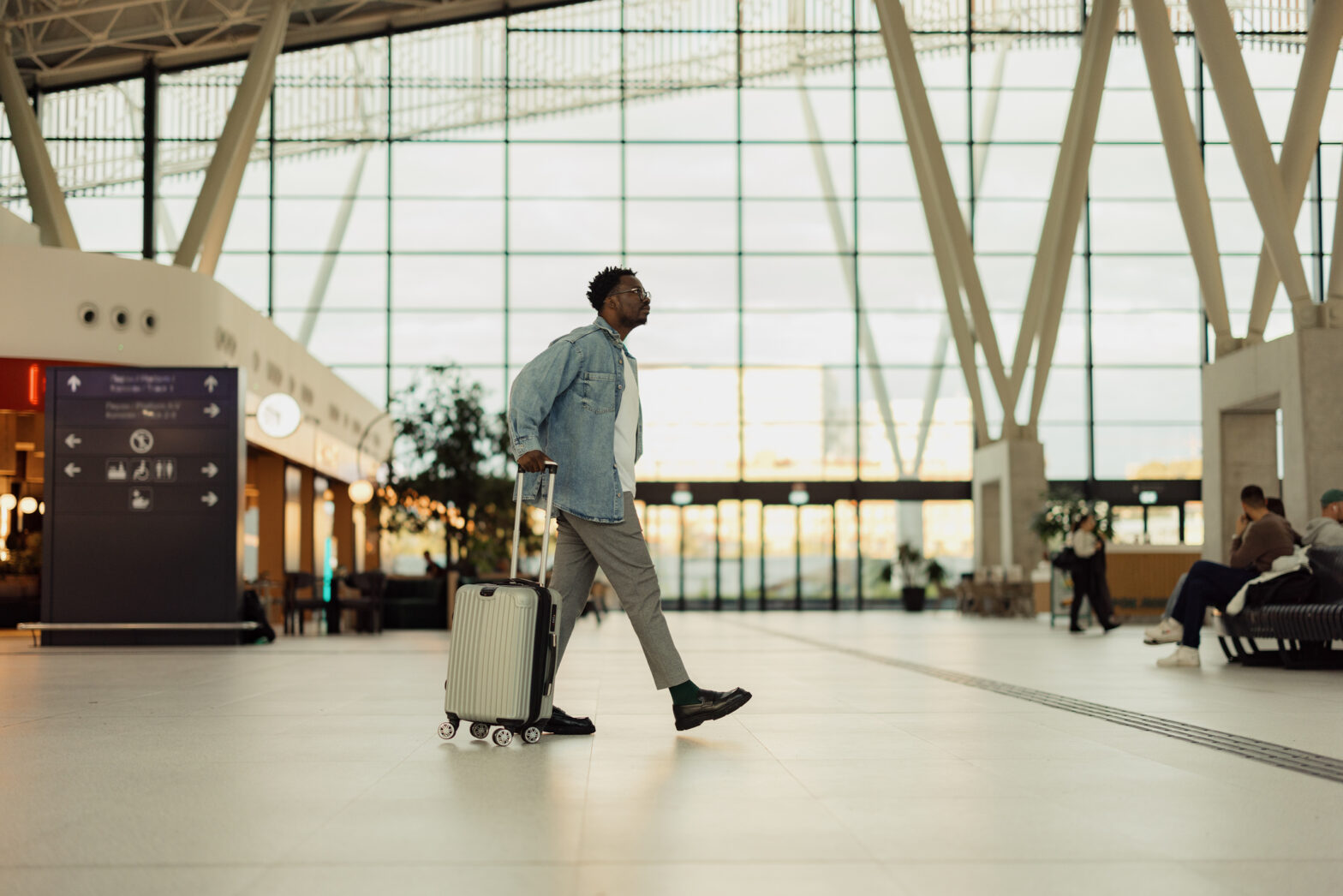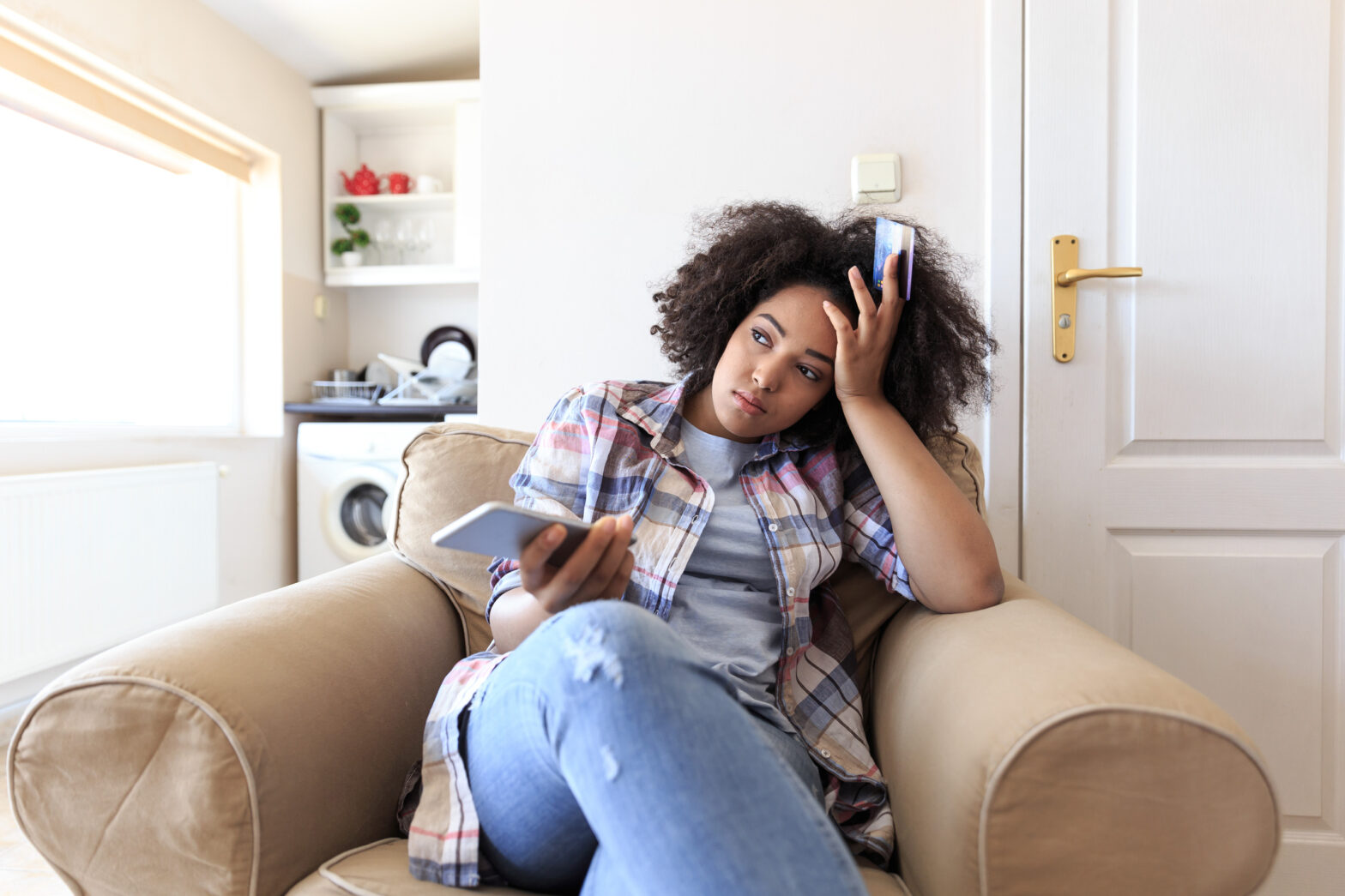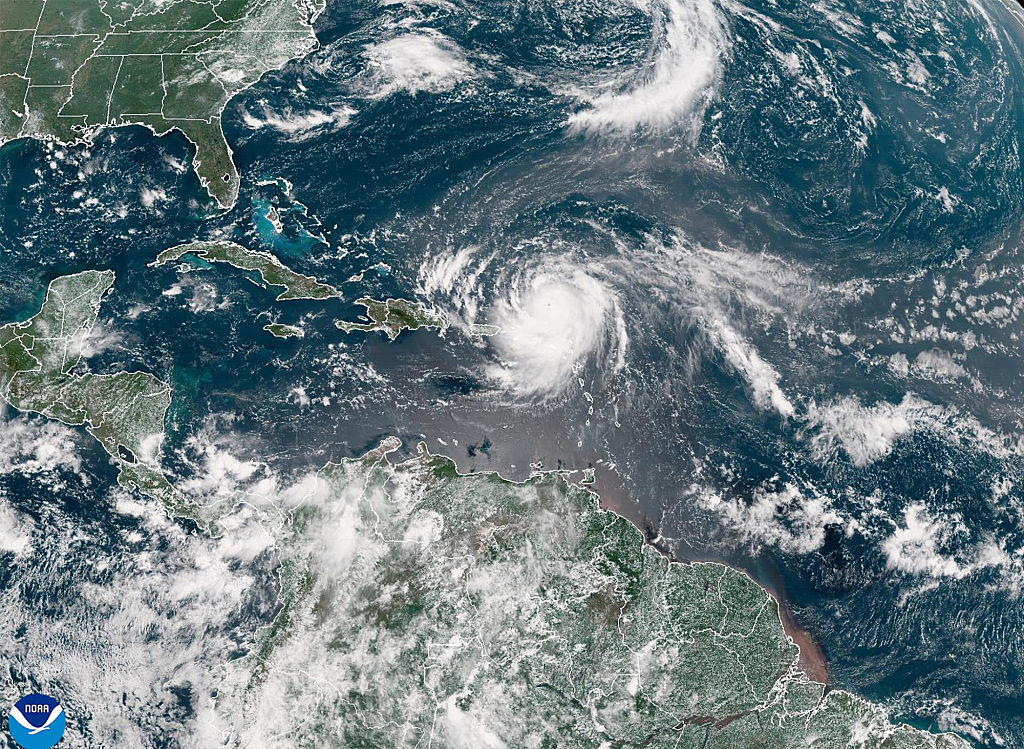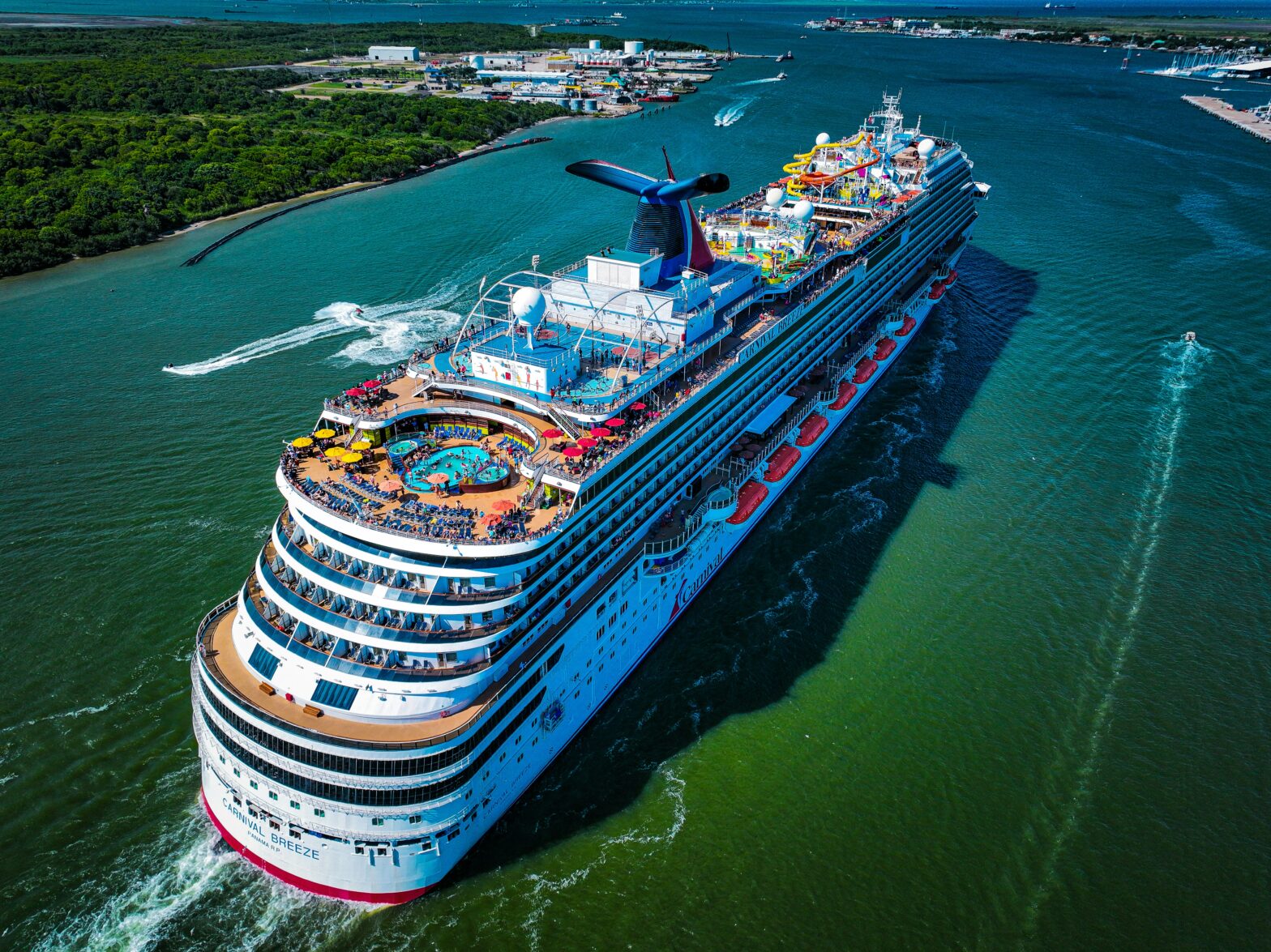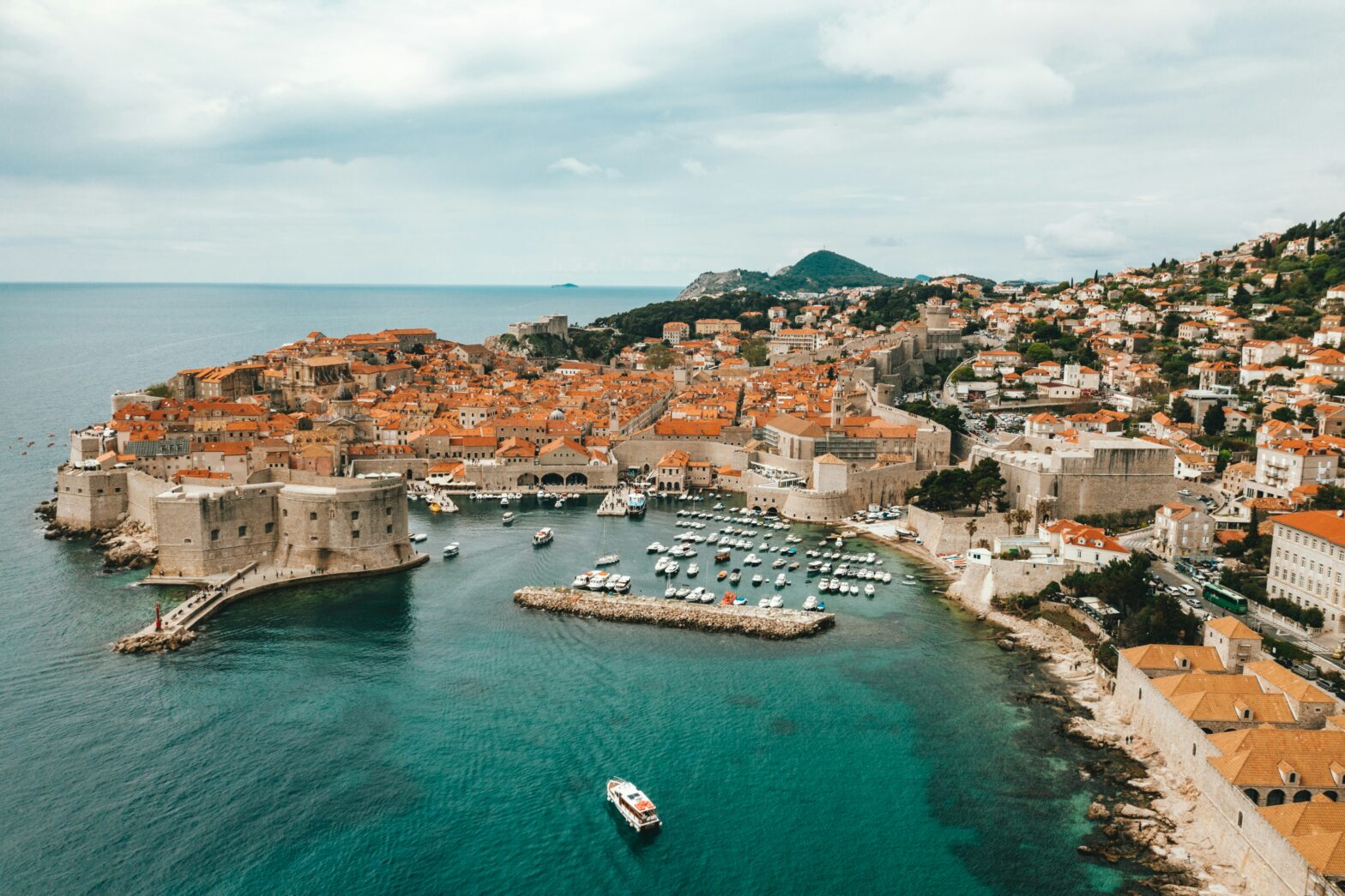The phrase “long flight” is relative. A transcontinental flight from New York to Los Angeles can take nearly six hours for a nonstop route. However, when traveling outside of North America, “long flight” can be nearly a full day depending on the destination. Far-flung locales in Asia can take anywhere from 12 to as much as 16 hours. And even visiting Africa may require a near-full day of travel if transfers are necessary. With that much time spent on a plane, it’s important to arrive feeling (and hopefully looking) good.
Aside from jet lag, other considerations people need to prepare for include swelling, entertainment, and simply feeling comfortable or clean. Of course, the lucky ones that fly business or first class have the added benefit of lay-flat seating or access to airport lounges. But regardless of what class of service you fly, here are a few items to pack in your carry-on — besides your passport.
Comfortable Clothing
Yes, during Pan Am Airlines’ and Trans World Airlines’ (TWA) heyday, traveling was a fashion-forward experience. But then again so was the on-board product. These days, if people aren’t flying business or first class, being on a flight for half a day or more often leaves something to be desired.
With narrowing seats and reduced legroom, the last thing travelers should also endure is clothing that pinches or constricts. This doesn’t mean rolling onto a flight in pajamas (although that does happen). But maybe skip the non-stretch skin-tight jeans and fabrics that aren’t breathable.
Athleisure wear, leggings, or just anything made from stretch knit (preferably of natural fibers) is perfect in this situation. While travelers can still look put together, the clothing gives people room to move and may even help with temperature regulation for those sometimes sweaty moments on planes.
Don’t Forget Compression Socks
Anyone that suffers from swelling shouldn’t fly the friendly skies without bringing compression socks. Even people without this issue can walk away from a long flight with swollen ankles after endless hours of sitting. Compression can vary from light to medium to heavy. So, before buying a random pair of compression socks, speak with a physician to determine the right intensity.
Neck Pillows and Accessories
Even when traveling in business class or better, there’s nothing wrong with bringing a neck pillow. Yes, even for premium seating, sometimes those pillows included in the sleep pack aren’t all that comfortable. A little extra support under the neck can prevent cramping and sore muscles when that plane finally touches down at the destination.
Some people may find economy seats uncomfortable, so a travel seat cushion, or even a portable foot rest can all help to make the trip easier and reduce the chances of a sore backside or legs. Similarly, that thin blanket offered in economy doesn’t compare to the thick comforter the folks in business and first class receive. People that are routinely freezing on flights should consider adding a wearable blanket to their must-have list.
TSA-Approved Toiletries
Depending on the airline a person flies, everyone regardless of ticket class might get a toiletry kit upon finding their seats. This isn’t always guaranteed, so it’s always good to have a small toiletry kit that can be tucked into a carry-on. Core essentials like a toothbrush and toothpaste, lotion, lip balm, earplugs, or even comfy socks (not to be confused with compressions socks) can go a long way towards staying fresh during the flight.
Consider that some long haul flights offer anywhere from two to three meals spaced over the course of 12 or more hours, with on-demand snacks available in the galley. Make dentists the world over happy, and bring a toothbrush to keep those pearly whites clean before touchdown. Similarly, anyone of menstruating age should also bring a few backup supplies like pads, tampons or a menstrual cup — because Aunt Flo has impeccable timing.
Good Headphones or Earplugs
Airplanes are noisy places thanks to jet engines, fussy babies, and boisterous adult passengers who are often more obnoxious than the kids they side-eye. Additionally, on long haul flights, most airlines offer in-flight entertainment (IFE) to help pass the time. Although many airlines do offer complimentary headphones, it’s usually the cheap earbud variety in economy with the good over-ears reserved for premium economy or better.
If things like better sound quality, noise cancellation, or even Bluetooth pairing to the individual IFE panels is important, bringing a good quality pair of headphones is essential. Of course, Bose is always the fan favorite because of the serious noise cancellation the brand provides. However, there are plenty of other affordable options that are in the $100 to $200 range that also offer great battery life, Bluetooth support, and auxiliary accessories in case the IFE panel has that obnoxious two-prong plug port.
Chargers and Portable Batteries
Ideally, most long haul flights (regardless of seat class) offer power in the seats. Typically, there’s a USB charging port in the IFE panel. But just as likely, there’s an actual power plug located between the seats. At a minimum, bring the right charging cables to take advantage of the charging port. But sometimes, those ports aren’t operational. So, having either a few power banks on hand, or even a compact power strip can ensure there’s plenty of power.
Medications
Naturally, anyone with known medical conditions should bring enough medicine in their carry-ons to cover the duration of their trip. But don’t forget over-the-counter (OTC) medications like aspirin or ibuprofen. While most people won’t need melatonin for the flight, the non-habit forming sleep aid is a must-have for the first night in town.
Research has shown that it can take almost a full day to recover for every time zone skipped. So, a 12-hour flight can easily require as much as 11 or 12 days to acclimate with the local time without using sleep aids. Taking melatonin the first few nights in town can help speed up the process and cut the timeline down to a handful of days.
Also, spending all that time in close proximity to other passengers does increase chances of catching germs — even before COVID-19. So, bringing hand sanitizer or wet wipes is a good idea. And if it feels right, don’t forget the masks.
Insulated Water Bottle
Most people bring a water bottle with them these days in the airports. No one wants to spend $10 for a bottle of water when most airports now have the bottle filling stations. Yes passengers can routinely ask for — or get up to get — water throughout a flight. But having a personal water supply when initially embarking the flight is helpful during the first hour when in-flight service isn’t available.
Leave Prepared So You’re Comfortable on Arrival
Air travel can be a lot these days between delays, long layovers, and interesting characters at the airports and in the skies. However, arriving at a destination after spending countless hours being stressed, uncomfortable or bored doesn’t have to be a part of the equation. Packing a carry-on with the essentials listed above ensures that travelers will feel a bit more grounded and ready to enjoy their leisure or business trip.

